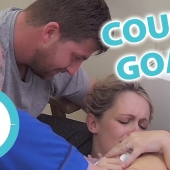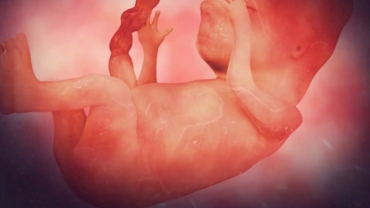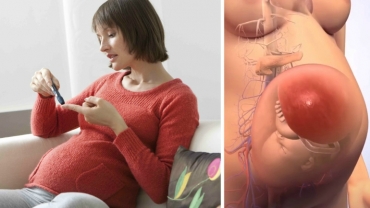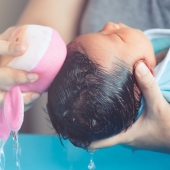1) Sucking - try a pacifier - many babies are soothed by sucking on a pacifier, your finger or their own hands. Pacifiers are fine to use once breastfeeding latch has been well established, have been shown to decrease the risk of Sudden Infant Death Syndrome (SIDS) and should be used when placing your infant down to sleep. Pacifiers should be cleaned and replaced often, never coated in any sweet solutions and should only be offered when you are sure that the infant is not hungry (never delay or replace meals with a pacifier). Never tie pacifiers to the crib or around your child’s neck or hand. At one year of age, you may discuss how – and when – to start weaning your child from the pacifier.
2) Swaddle - most babies love the secure feeling of being swaddled. The swaddle can help soothe a baby and decrease crying from their startle reflex. Swaddles can be done with arms down, arms up by the infant’s face, with one arm out, etc – as long as the infant appears comfortable. Swaddles also need to be snug so that the baby does not easily break out of them (remember, no loose blankets in the crib!) and it is fine to transition to Velcro swaddles as soon as you wish. We recommend removing the swaddle and transitioning to a sleep sack after a couple of months or when your baby is consistently breaking out from the swaddle. Never place a swaddled baby on their side or stomach. Also, remember to make sure your child is not too warm even if it is winter time.
3) Shushing - many babies will quiet down when they hear "white noise" - this can come from a white noise machine, an app on your phone, you saying "shhhhh" close to their ear, or a household sound like a vacuum or hairdryer.
4) Swinging - many babies are calmed by a gentle rocking, swaying or swinging motion.
5) Side/Stomach position - while it isn't safe for babies to sleep on their side or stomach, to calm a crying baby try changing positions and hold them in a side position or on their stomach.
Most importantly - Never shake a baby!
- 21584 views













